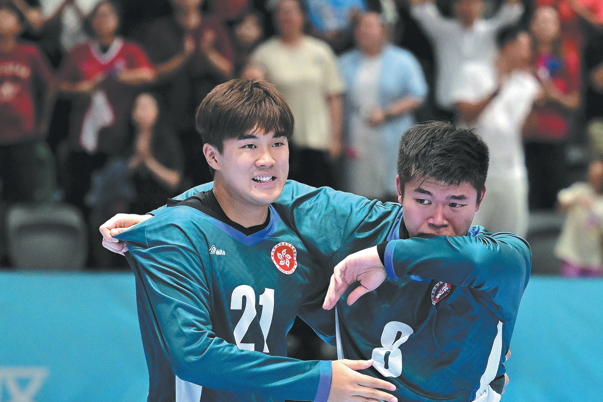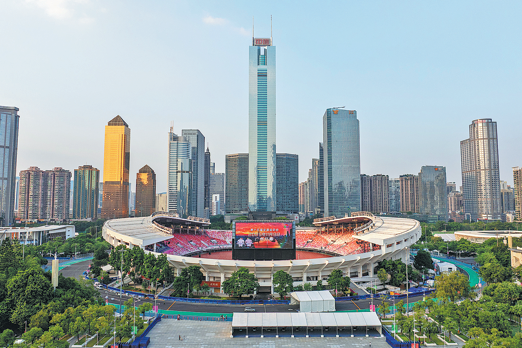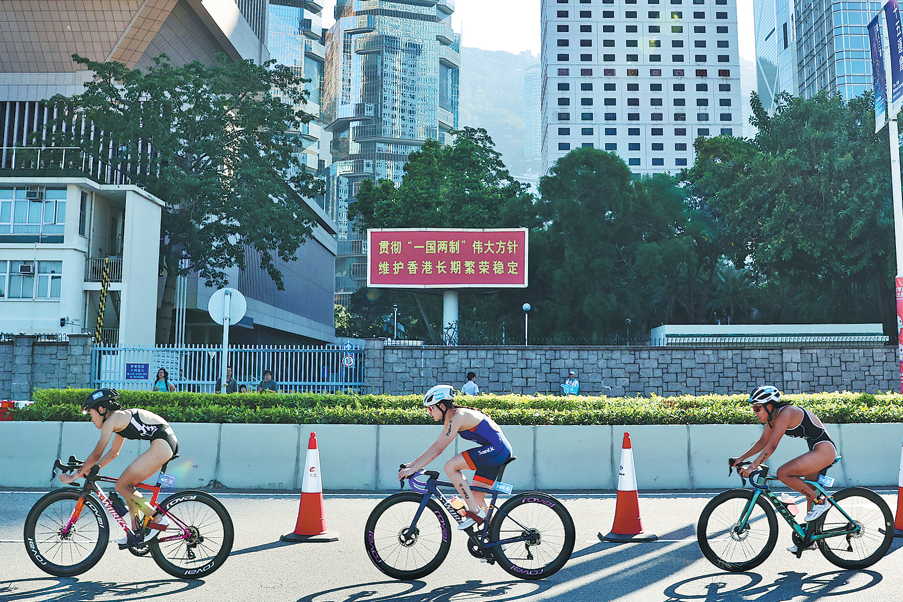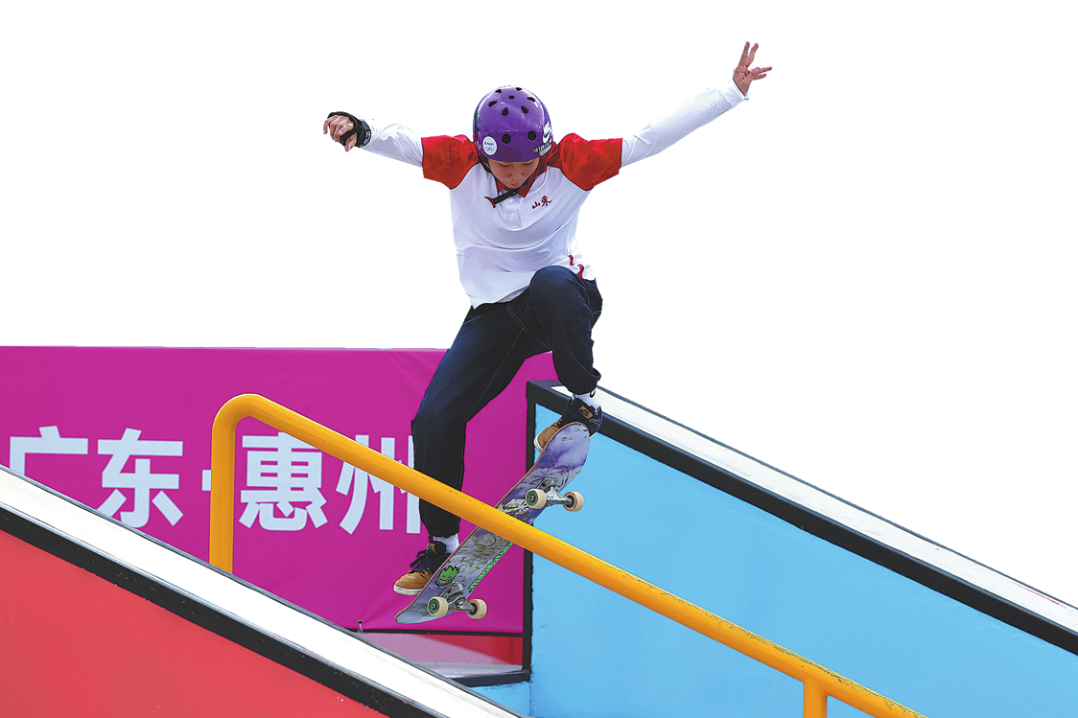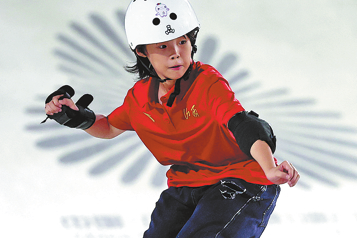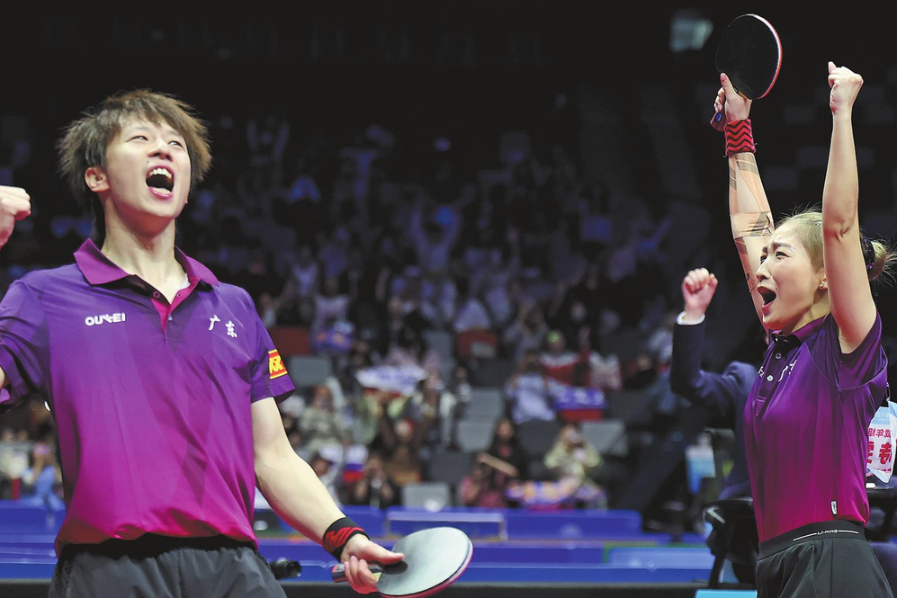Games and sights


City origins
Lugou Bridge, Liulihe ruins site and Yunju Temple
Lugou Bridge, in Fengtai district, was built when Beijing first became the capital of the Jin Dynasty (1115-1234). Construction of the bridge began in 1189 and was completed in 1192. Due to flood damage, the bridge was rebuilt under Emperor Kangxi of the Qing Dynasty (1644-1911). Hundreds of artistically unique stone lions from different eras line both sides of the bridge. You can get a feel of past battles while taking a walk along the Yongding River and its wetlands.
A drive of about 30 minutes will take you to the Liulihe ruins site in Fangshan district, offering a glimpse into the prosperity of the Yan state during the Western Zhou Dynasty (c.11th century-771 BC). Since the 1970s, archaeologists have excavated many relics linked to the site.
Also a 30-minute drive from the Liulihe ruins site is Yunju Temple. This Buddhist temple contains the country's largest collection of Buddhist sutras of their kind engraved on stone tablets. There are many impressive pagodas dating from the Tang (618-907) and Liao (916-1125) dynasties.

















